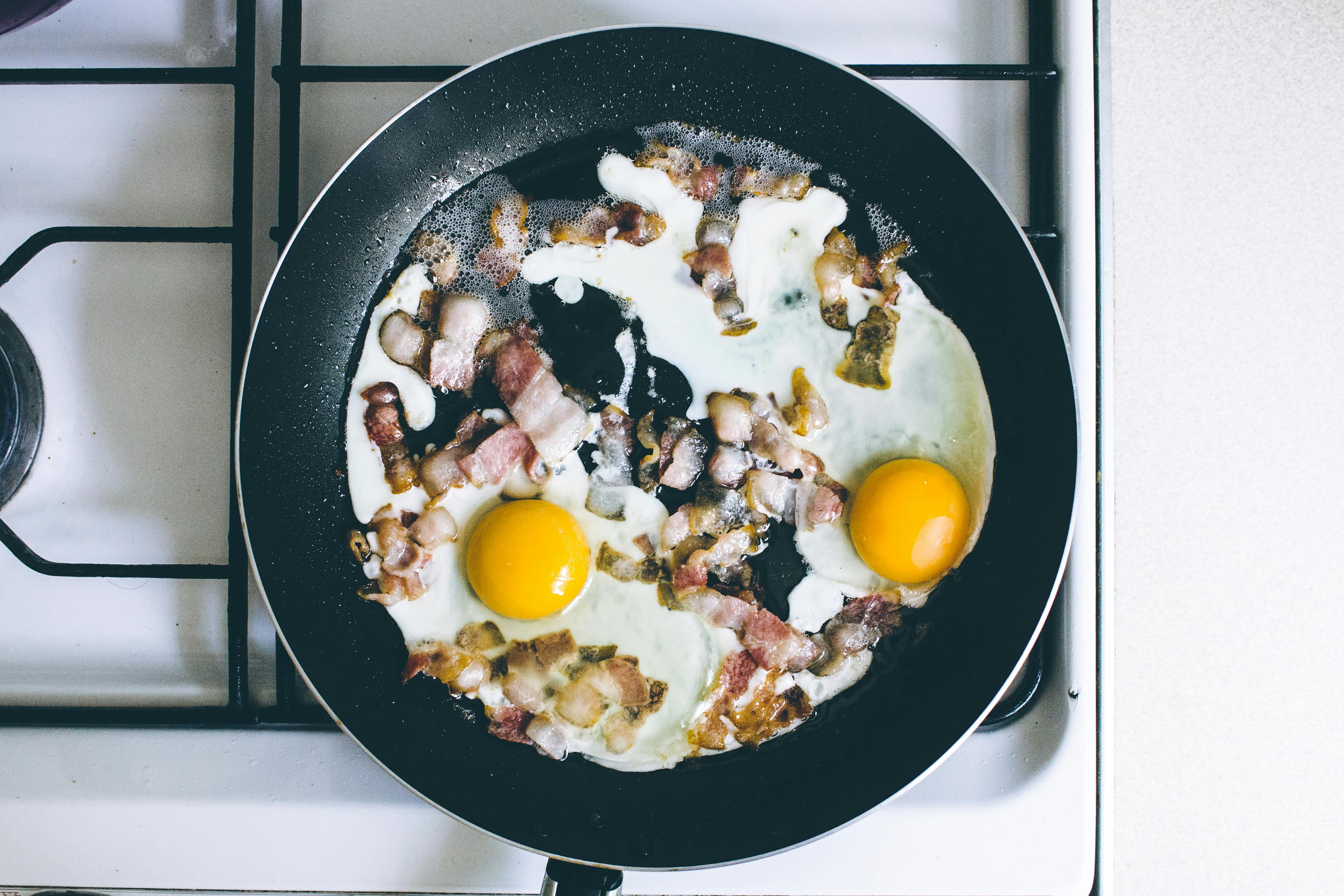As a concert producer, I am frequently asked what subs I would recommend. Subwoofers, like the main ones, are selected based on the type of music you will play through them and how they will be used. For the purposes of this article, I’m going to restrict the conversation to just Dubstep and Drum and Bass.
Dubstep and Drum and Bass have a lot of content in the 20hz to 50hz range, and if you do the math, you’ll need around 5000 watts dedicated to that frequency range to produce enough sound to be heard along with the rest of your music. music.
my settings
My largest setup is (5) QSC HPR181 front stage, (6) Martin Blackline dual 18s for the house, and 2 Bag End Dual 18s running 8000 watts through an ELF processor dedicated to the 8hz range – 50hz through a lab group amp. When playing smaller shows I just use my QSC HPR181, which are 700 watts each, but good for ultra-high volume bass. The QSCs are self powered and take 5 minutes to set up which also helps. Now I’ve heard the common wisdom, don’t mix subwoofers, but really, I have yet to find a sound manufacturing company that does everything except a package tour that is produced for a certain show, rather than a type of music ( an important distinction). That being said, crossover points and keeping each subwoofer and the overall system in phase is very important when mixing subwoofers.
Junction Configuration
Conventional crossovers, like the very common dBx DriveRack PA, have a good, fairly adjustable crossover that also includes the ability to change the roll-off slope. By matching and tuning the subwoofer frequencies, I noticed that even though the crossover claims to have removed a frequency, some content continues to be delivered to the subwoofer. Clearly, when two brands of subwoofers generate the same tones, distortion is created. Therefore, I separate the frequencies by about 5hz. Visually on the crossover it looks like I’m losing musical content, however with amp gain I’m actually not, and an RTA mic will confirm that the settings are correct.
Sealed box and subharmonic enclosures
Bag End is really the go to here. There are other subsystems that do subharmonics, but Bag End was the first, so I’m writing about them. The Infra processor, and before Ron Wickersham left, the Elf processor are the two key components. Dubstep and Drum and Bass require a strong presence in the 20hz – 50hz range. Most people can’t hear music in this range, but you can feel it, and you can feel the difference between 20 Hz and 40 Hz when the signal is clear and free of clipping. The Underprocessor is available in two forms. The first has a flat response up to 18hz, the second up to 8hz. 18hz is much more efficient for larger systems. If you have an extra 20k to burn, go for the 8hz integrator and (4) dual 18s. You will also need a substantial amount of AC power to run the amps, usually an additional 20 amp 220 circuit for a Lab Gruppen or four 20 amp 110 circuits for four QSC amps bridged to each sub. My Bag Ends typically draws around 3000 watts per double 18 when outputting content STRICTLY LIMITED to the 18hz to 50hz range. I should point out that making adjustments to your crossover at full volume can quickly destroy all of your equipment, so be careful and know your equipment’s frequency response and power handling ratings.
Prices
Submarines vary wildly in price. In the lower price range, I’ve heard Peavey’s Black Widows, which are technically louder, but far less musical. When you’re mixing two tracks together, or quickly transitioning from one to the other, it’s hard to hear much of a difference with Peavey subs, they’re just loud, not as musical. JBL and Cerwin Vega subs are cans of farts, and I think most people know that. They may rumble and shake, but they don’t have an articulate, low-end clarity that is absolutely necessary for Dubstep and even more so for Drum and Bass.
Some other gear I’ve tried, if you’re rich, the D&B (not db technologies) audioteknic Q2 subs are great, the EAW 218z subs are pretty good, McCauley makes a pretty decent sub with good overall specs for Dubstep, and Bag Fin kills . However, all of these cabinets require extremely expensive amplification. You can get 12,000 in amps just before you can power up a mid-size system of this caliber.
HomeConstruction
Another alternative is to build your own box. This is not a project for beginners, but if you love woodworking and have an extra $2,500, you can build some pretty amazing cabinets. The best way to do this is to go to the forums and look at the designs, then read the threads. Often people post reviews over the years.
Look for a design that has good frequency response down to 40 Hz and a driver that has exceptional frequency response. OHM (brand) is a pretty awesome driver, and there are a couple of high-end RCF subs that are bad to the core.
However, listen to them before you buy them if possible, use a parametric EQ and turn off all frequencies except the 20hz to 50hz range; that’s the sweet spot of Dubstep that makes it really different from other similar music.
